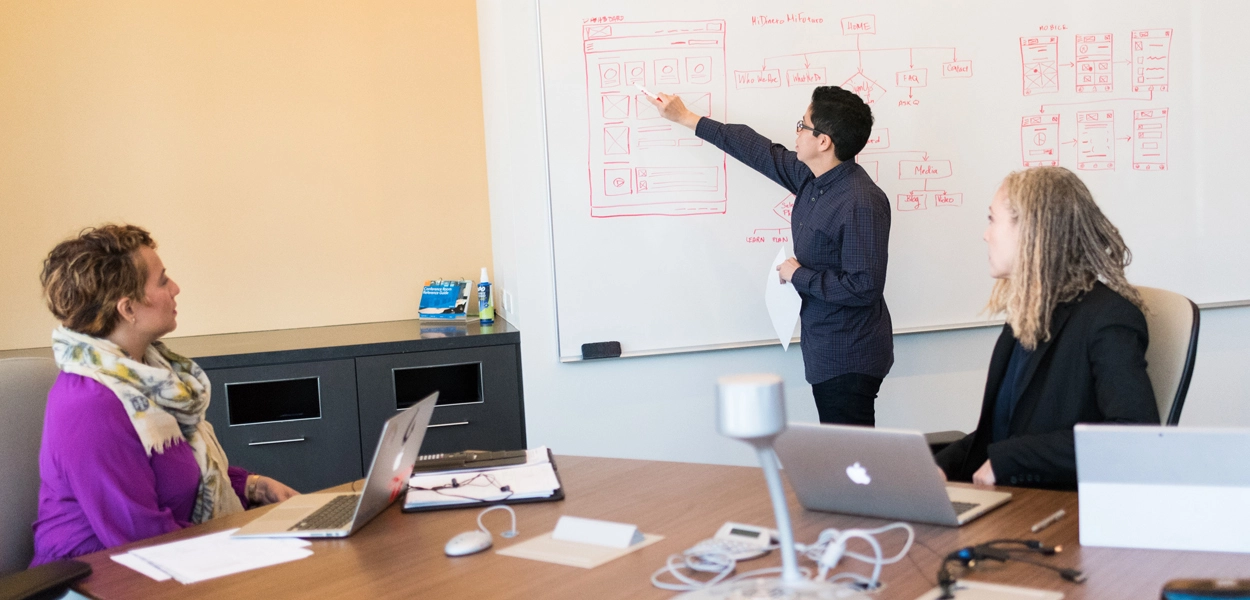Application Software and System Software - PerfectionGeeks
What are Application Software and System Software?
March 1, 2023 18:04 PM
Application Software and System Software - PerfectionGeeks
March 1, 2023 18:04 PM

Software is a set of instructions, data, or schedules used to operate computers and perform specific tasks. It is the opposite of "hardware," which represents the physical aspects of a computer. Software is a generic word used to refer to applications, scripts, and schedules that operate on a machine. It can be thought of as the unstable part of a computer, while the hardware is the invariable part.
The two major categories of software are application software and system software. An application is software that meets a specific requirement or completes tasks. System software is designed to operate a computer's hardware and provides a medium for applications to run on top of it.
Other types of software include programming software, which provides the programming tools software developers need; middleware, which sits between system software and applications; and driver software, which works on computer devices and peripherals.
Earlier software was written for typical computers and sold with the hardware it ran on. In the 1980s, software started to be sold on floppy disks, and later on CDs and DVDs. Today, most software is bought and instantly downloaded over the internet. The software can be found on vendor websites or application service provider websites.
System software acts as the interface between computer hardware and application software. It is a set of schedules that own and control the help and functions of computer hardware. It also allows application schedules to run perfectly. System software is not meant to serve a straightforward task; thus, it is called general-purpose software.
A computer system cannot run without system software. System software enables the computer system to comprehend the knowledge of the end user. The end-user usually does not now communicate with the system software; rather, the user interacts with the user interface developed by the system software.
Some of the other kinds of system software include:
Operating system: It allows interaction between hardware, system programs, and applications.
Device driver: It contains a device and helps it achieve its functions. It facilitates device communication with the operating system and other programs.
Translator: It transforms high-level human-readable speeches into low-level machine codes.
Utility:It is for providing the optimum functionality of devices and applications.
Some of the notable characteristics of system software are:
It is more comparable to the computer system and hardware.
Typically written in a low-level programming language
Hard to develop
Fast working speed
Smaller in scope
Difficult to work with, comprehend, and manipulate
Less interactive

Application software is a programme that performs a specific task for the end user. It operates on the form supplied by system software. It acts as a medium between the system software and the end user.
While application software is not necessary for running a computer, it makes it more useful. It is a specific-purpose piece of software.
Some of the other types of application software are:
Web browsers: They allow for easy internet browsing.
Word-processing software: It enables us to make, modify, view, store, and print records.
Spreadsheet software describes data in tabular form and permits easy measurements using procedures and functions.
Database software: It helps us organize, control, and access data.
Graphics software: It enables easy editing of visual data.
Education software: This allows us to use a computer system as an education and learning tool.
Entertainment software: This allows us to use a computer as an entertainment tool.
Some of the key elements of application software include:
System software is designed to control the help of the system, like memory and cycle management, security, etc., whereas application software is designed to meet the requirements of the user for performing detailed tasks.
The system software is general-purpose software, while the application software is specific-purpose software.
System software is written in low-level speech like a machine or body language, but application software is written in high-level vocabulary used to register application software.
System software is capable of operating independently, while application software can’t run independently.
The system software begins operating when the system is powered on and runs until the system is powered off, while the application software begins when the user begins and ends when the user controls it.
System software is separate from the application software, while the application software requires system software to run.
This article led us to the conclusion that systems and application software have various designs, purposes, and functionalities. The interface between the Application Software and the computer's hardware is provided by System Software. It organises the computer's resources and allows the computer to function smoothly.
On the other hand, the application software acts as an interface between the system software and the end user. It is user-specific and allows users to work on and perform their particular tasks.
Strategy
Design
Blockchain Solution
Development
Launching
Testing
Maintenance
Contact US!

Plot 378-379, Udyog Vihar Phase 4 Rd, near nokia building, Electronic City, Phase IV, Sector 19, Gurugram, Haryana 122015
Copyright © 2025 PerfectionGeeks Technologies | All Rights Reserved | Policy
Contact US!

Plot 378-379, Udyog Vihar Phase 4 Rd, near nokia building, Electronic City, Phase IV, Sector 19, Gurugram, Haryana 122015

1968 S. Coast Hwy, Laguna Beach, CA 92651, United States
Copyright © 2025 PerfectionGeeks Technologies | All Rights Reserved | Policy